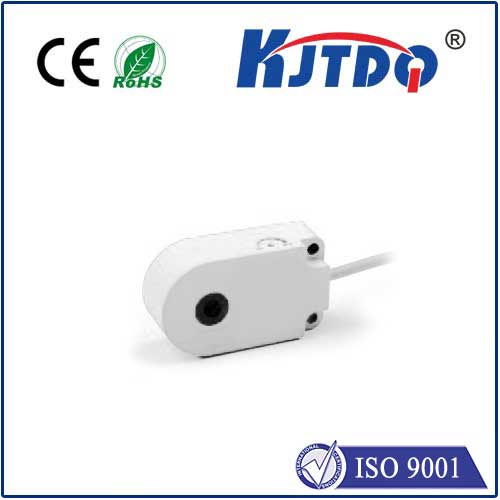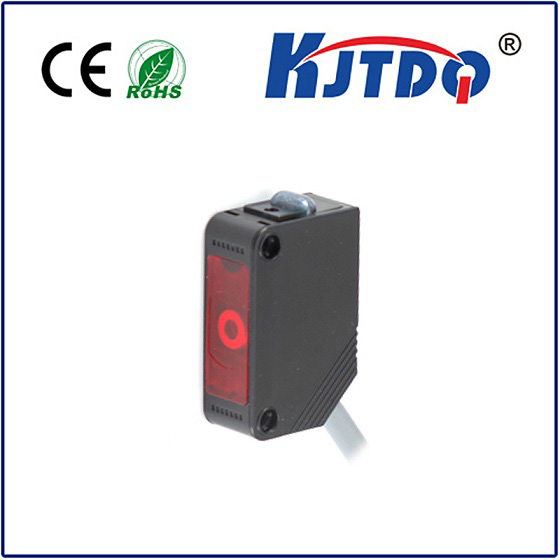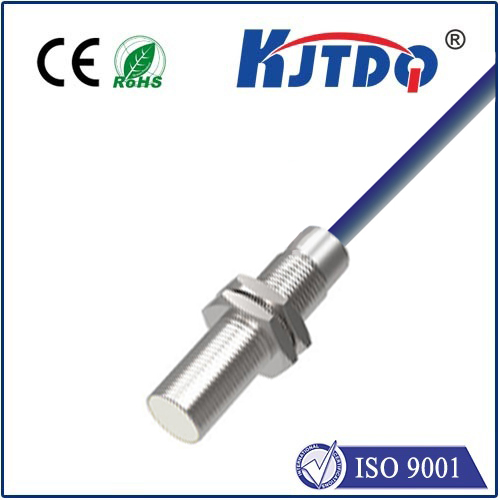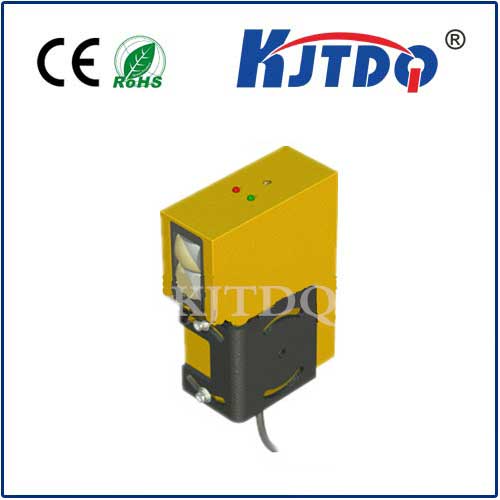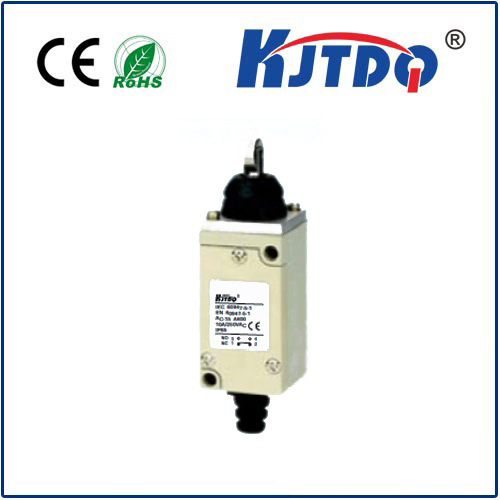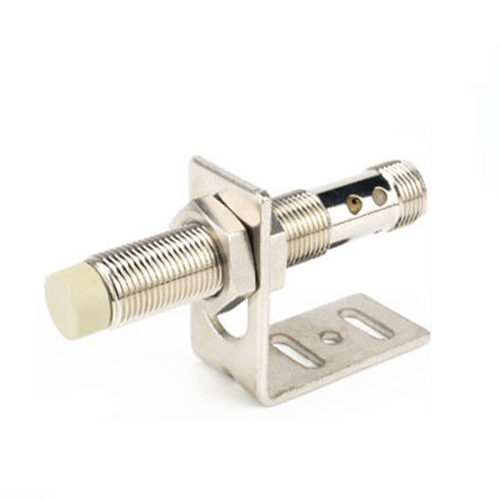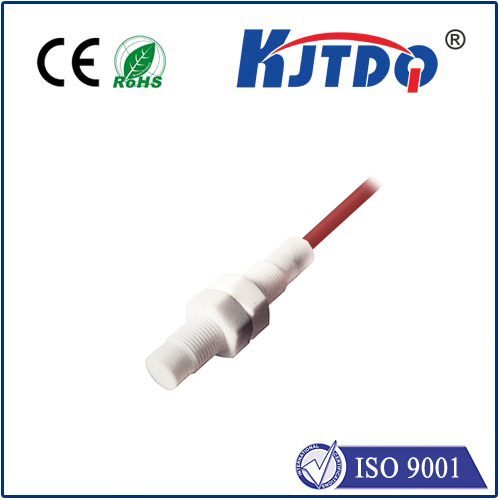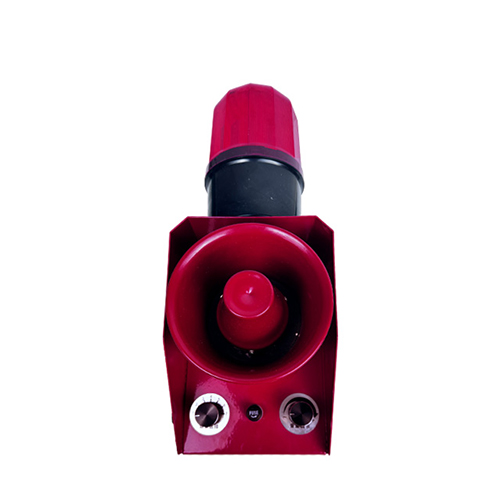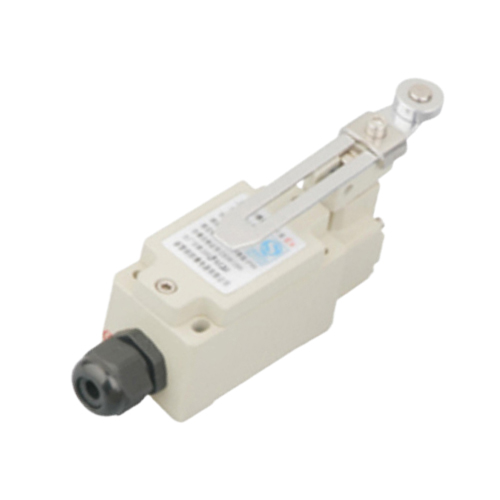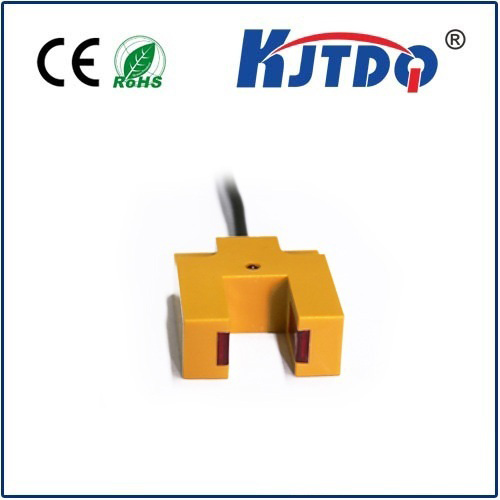Imagine a critical hydraulic system deep within a massive forging press, pressures soaring to hundreds or even thousands of bar. Or picture the precise control needed in high-pressure fluid power applications within a bustling manufacturing plant. In these unforgiving environments, standard sensors falter. What’s required is unwavering reliability, robust construction, and the ability to withstand extreme forces without compromising detection accuracy. This is precisely where the BES0218 High Pressure Proximity Sensor proves its indispensable worth. Engineered for resilience, this sensor transcends the limitations of conventional inductive proximity devices, delivering dependable non-contact object detection where pressure is paramount.
Understanding the core challenge is key. Standard inductive proximity sensors excel in countless applications by detecting the presence or absence of metallic targets without physical contact. They work through electromagnetic fields. However, when installed in cavities subject to significant internal pressure – like the walls of hydraulic cylinders, high-pressure manifolds, or specialized test rigs – standard housings can deform or rupture. This deformation alters the sensor’s sensing characteristics unpredictably or leads to catastrophic failure. The BES0218 is specifically designed to resist this deformation, maintaining its sensing distance and performance integrity even under intense pressure loads.

At its heart, the BES0218 High Pressure Proximity Sensor leverages the well-established inductive sensing principle. An oscillator generates a high-frequency electromagnetic field emitted from the sensor’s active face. When a metallic target enters this field, eddy currents are induced within the target, causing a measurable change in the oscillator’s amplitude. This change is detected by the sensor’s circuitry, triggering a solid-state output switch (typically PNP or NPN). The fundamental difference lies in the robust mechanical construction. The BES0218 features a specially reinforced housing, often utilizing high-grade stainless steel and unique internal structural designs. This reinforcement ensures the sensing face geometry and the critical air gap between the internal coil and the face remain stable, even when subjected to significant external hydraulic or pneumatic pressure acting on the sensor body itself.
The defining capability of the BES0218 is its exceptional pressure resistance. While specifications can vary slightly between manufacturers offering similarly designated sensors, typical датчик приближения высокого давления ratings often range from 350 bar (approx. 5000 psi) up to an impressive 600 bar (approx. 8700 psi) or higher for specialized variants. This makes them indispensable in applications such as:
Beyond sheer pressure resistance, the BES0218 typically boasts other features essential for industrial durability:
Selecting and installing the BES0218 requires careful consideration:
The BES0218 High Pressure Proximity Sensor is not merely a sensor; it’s a critical engineering solution for applications where standard proximity sensors simply cannot survive. Its reinforced construction directly addresses the challenge of pressure-induced deformation, unlocking reliable position feedback in the harshest hydraulic and pneumatic systems. By enabling precise monitoring within high-pressure zones, it contributes significantly to improved machine efficiency, enhanced operational safety, predictive maintenance capabilities, and reduced downtime. For engineers designing or maintaining systems operating under extreme pressures, understanding and specifying the BES0218 High Pressure Proximity Sensor is fundamental to achieving robust and dependable automation. Whether confirming the position of a piston under immense load or ensuring valve integrity, this sensor delivers the resilience needed when the pressure is on.
